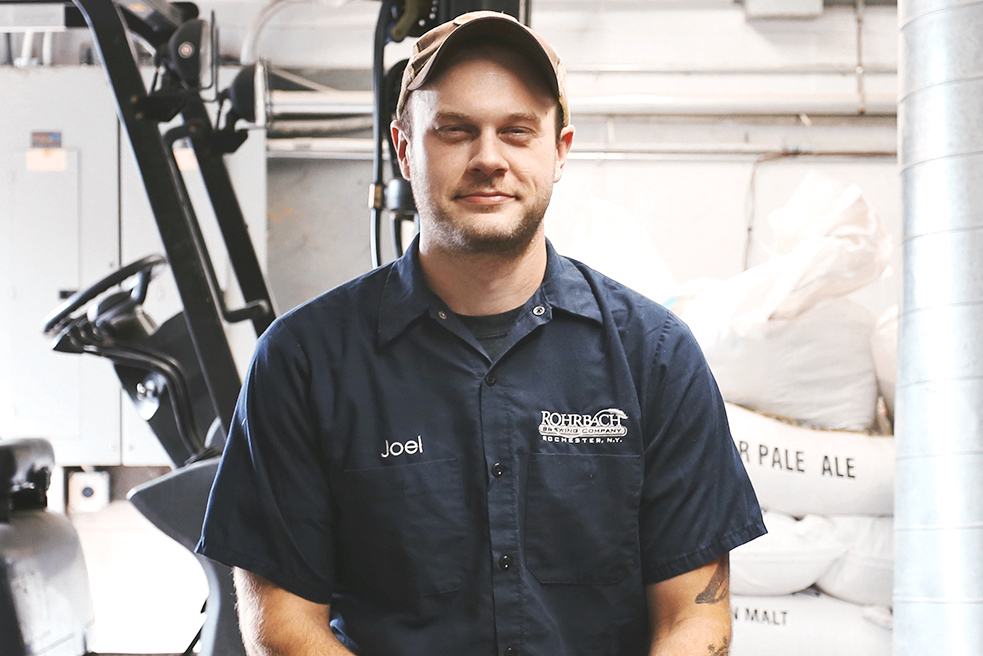
Single Hill Brewing General Manager Zach Turner said his brewery had no plans to can its product and was selling it draft only.
Then the pandemic happened, and Single Hill needed to change its business model to continue selling its beer.
“The first eight months of the pandemic, we used a mobile canner once a month and on other weeks we trucked beer in mobile seven-barrel tanks across town to can at another brewery,” Turner said. “The canning days fluctuated, making it very hard to keep an even workload, and it was very time consuming to set up mobile canning and truck beer back and forth.”
Single Hill eventually determined it was worth its time to invest in a canning system that could be operated by a small team and would fit into a small footprint, requiring only 238 square feet that could can 40 beers per minute with just two operators working it.
But what was the discovery process like for the small brewery? Turner and Millstream Brewing Company Head Brewer Chris Priebe shared tips and tricks for getting started at the 2023 Craft Brewers Conference in Nashville, including things to be aware of before taking the plunge on purchasing a canning system.
Try Mobile Canning and Learn From Your Neighbors
Priebe said it was important to make sure your brewery’s canning decision maker had spent time canning beer.
“Send them to work the line and talk with the production manager at a friendly brewery you respect that is of a similar scale,” Priebe advised.
Priebe also said it was a good idea to try mobile canning for several months if it’s financially viable for you to do so. It’s a good way to test the market for a minimal investment you can walk away from if it doesn’t prove to be worth it for your brewery and gives you an opportunity to check for shortcomings in your infrastructure, such as storage capacity and material handling.
“Try different companies to test different operating equipment,” Priebe said.
You Need Cash on Hand
It’s going to take capital and space to can your beers.
“Pallets run about $150 each, and it’s not unusual for breweries to maintain packing inventory in excess of $60,000,” Priebe said.
The pallets have to fit the cans you buy, and can ends have to be purchased by the pallet to match your can stock.
The size of the pallets must be taken into account, too, with can pallets meaasuring about nine feet tall — taller than some doors and shipping containers.
“Used swing door dry van semi trailers make good temporary storage,” Priebe said.
Maintenance and Utilities
Priebe noted that can lines are the most complex equipment a brewery will have, if the business does its own canning and doesn’t bottle its products.
Owning an air compressor with a refrigerated dryer and bulk CO2 with a large enough vaporizer to handle continuous flows is compulsory for canning line owners and operators.
Not only are they complicated, they break regularly, Priebe said.
“Someone needs to be prepared to fix it and be comfortable with tools, as well as have an understanding of basic automation, pneumatics and test equipment,” he said.
Quality is Key
Turner said that maintaining quality had to remain top of mind when canning.
He said that if you’re canning beer, you need to own a parts per billion dissolved oxygen meter and use it before and during packaging.
“Using it after the cans sit will not yield accurate results as oxygen metabolizes in as little as 30 minutes,” he said.




Be the first to comment